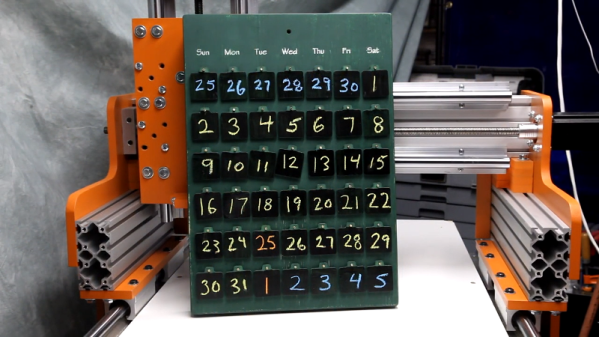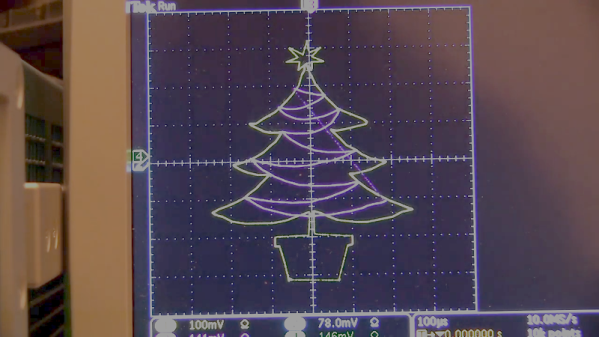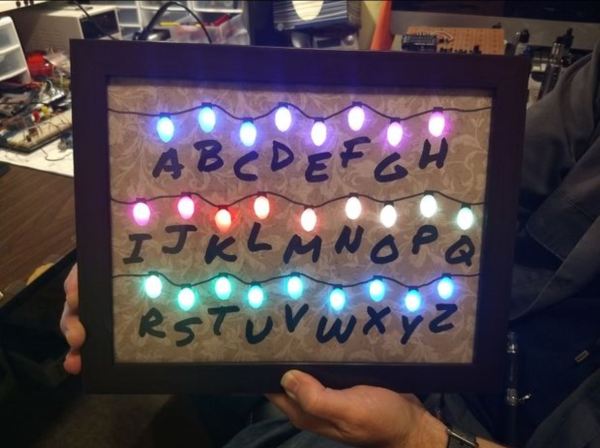‘Tis the season for leftovers, be they food, regifted presents, or the decorations left behind in the wake of the festivities. Not to mention the late tips we get for holiday-themed builds, like this Duck Hunt ornament that’s completely playable.
Details are sparse in [wermy]’s video below, but there’s enough there to get the gist. The game is based on the Nintendo classic, where animated ducks fly across the screen and act as targets for a light pistol. Translating that to something suitable for decorating a Christmas tree meant adding an Arduino and an IR LED to the original NES light pistol, and building a base station with a Feather and a small LCD screen into a case that looks like [The Simpsons] TV. An LED on each 3d-printed duck target lights in turn, prompting you to blast it with the gun. An IR sensor on each duck registers hits, while the familiar sound effects are generated by the base, which also displays the score. Given a background of festive blinkenlights, it’s harder than it sounds – see it in action briefly below.
[wermy] has done some interesting builds before, like a RetroPie in an Altoids tin and a spooky string of eyes for Halloween. We hope he’ll come through with a more detailed build video for this project at some point – we’re particularly interested in those beautiful multi-color 3D-prints.
Continue reading “The Fun Is On The Christmas Tree With This Playable Duck Hunt Decoration”

















